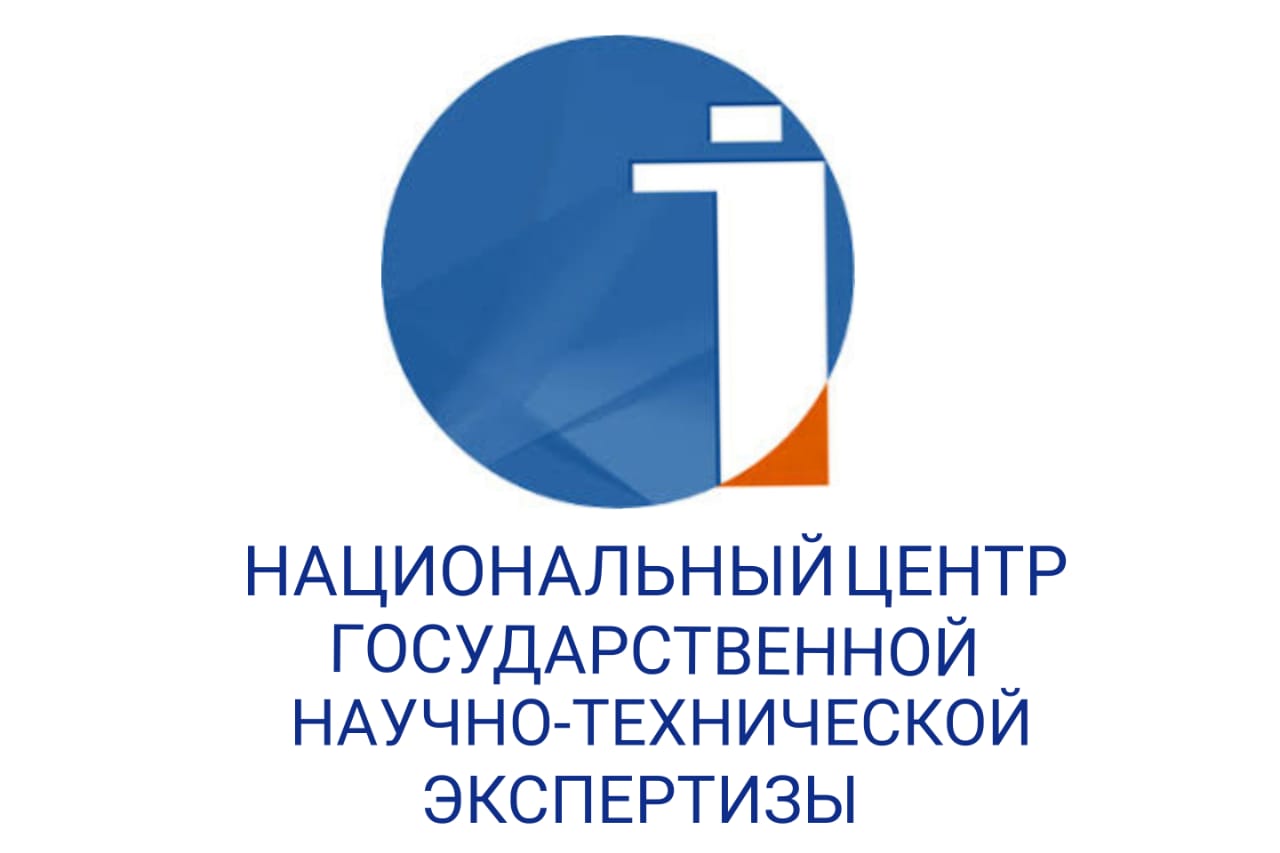ҚАЗАҚСТАНДА ДУАЛДЫҚ БІЛІМ БЕРУ ЖҮЙЕСІН ЖҮЗЕГЕ АСЫРУ
##plugins.pubIds.doi.readerDisplayName##:
https://doi.org/10.48371/PEDS.2025.76.1.011Кілт сөздер:
дуальді оқыту, оқытудағы ықпалдастық, білікті мамандар, бәсекеге қабілеттілік, түлектерді жұмысқа орналастыру, практикалық оқыту, дуальді оқыту бойынша ережелер, дуальді оқытудың жол картасыАннотация
Мақалада дуальды білім беру жүйесін ұйымдастыру және енгізу, білікті мамандарды даярлау сапасын арттыру, сондай-ақ Қазақстанда дуальды оқытуды енгізу мәселелері қарастырылған. Сонымен қатар, мақалада шетелдік жоғары оқу орындарының тәжірибесі, сондай-ақ кәсіби оқыту аясында дуальды оқытуды енгізудің педагогикалық аспектілері, тетіктері ашылған.
Бұл ретте авторлар атындағы ҚазҰПУ-да дуальды оқыту жүйесін енгізу тәжірибесін зерттеді. Абай, оқудан үзіліссіз практика жүргізу, сонымен қатар 3-4 курс студенттерін дуальді жүйе бойынша оқыту.
Дуальды жүйенің негізгі идеяларының бірі – мамандардың қажетті білім, білік, дағдыларды меңгеруіне және практикалық дағдылар мен дағдыларды меңгеруге мүмкіндік беретін теориялық және практикалық дайындығын үйлестіру. Бұл ретте магистратураны дайындаудың теориялық бөлігі білім беру ұйымының базасында, ал практикалық бөлігі өндірісте жүзеге асырылады.
Түлектердің бәсекеге қабілетті тұлға ретінде қалыптасуына білім беру бағдарламаларының мазмұнын еңбек нарығының қажеттіліктерін қанағаттандыру үшін жаңарту және жоғары білім беру жүйесінде дуальды оқытуды енгізу арқылы қол жеткізуге болады.
Оқу орнындағы оқу кезеңдерінің өндірістік практика кезеңдерімен үйлесуі, яғни университеттегі дәстүрлі сабақтармен қатар студенттер нақты кәсіпорында жұмыс істейді немесе тәжірибеден өтеді, онда практикалық тәжірибе алады. Осылайша, жаһандық және аймақтық үрдістерді ескере отырып, серіктес жұмыс берушілері бар университеттер еңбек нарығының нақты қажеттіліктерін ескере отырып, жоғары білікті кадрларды дайындай алады.








